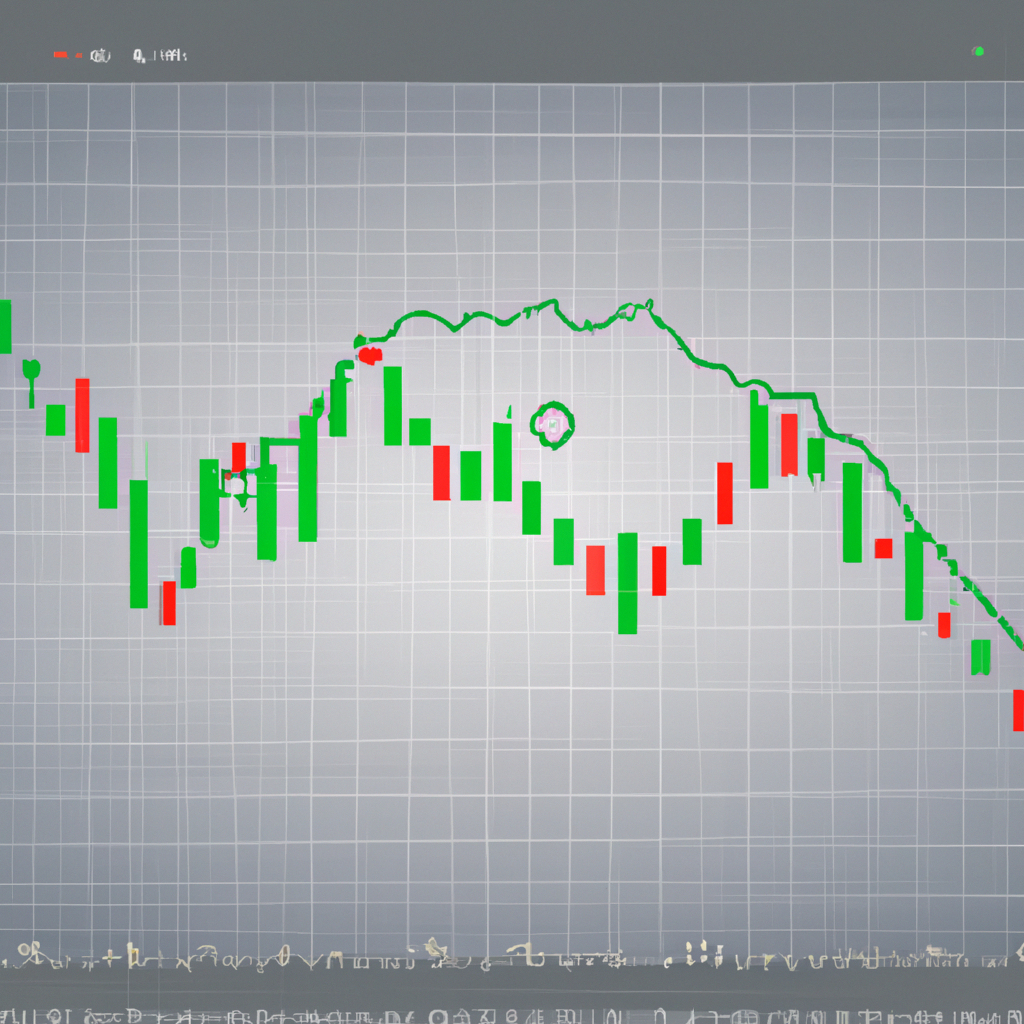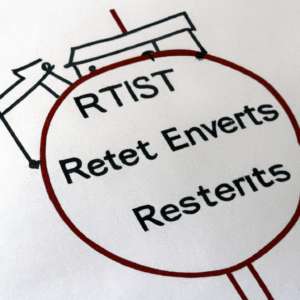
Utilizing Oscillators in Momentum Trading: A Guide for Traders
Introduction
Momentum trading is a popular strategy used by traders to capitalize on short-term price movements in the market. Oscillators are technical indicators that can help traders identify overbought or oversold conditions in the market, which can be used to enter or exit trades. In this article, we will explore how to use oscillators in momentum trading.
What are Oscillators?
Oscillators are technical indicators that fluctuate above and below a centerline, indicating whether a security is overbought or oversold. They are typically used to identify potential reversal points in the market and can help traders make more informed trading decisions.
Types of Oscillators
- Relative Strength Index (RSI)
- Stochastic Oscillator
- MACD (Moving Average Convergence Divergence)
How to Use Oscillators in Momentum Trading
When using oscillators in momentum trading, traders typically look for divergence between the oscillator and the price of the security. Divergence occurs when the price of the security is moving in one direction, while the oscillator is moving in the opposite direction. This can signal a potential reversal in the market.
Step 1: Identify Overbought and Oversold Conditions
Use the oscillator to identify overbought and oversold conditions in the market. When the oscillator is above a certain threshold (e.g. 70), the security is considered overbought. When the oscillator is below a certain threshold (e.g. 30), the security is considered oversold.
Step 2: Look for Divergence
Look for divergence between the oscillator and the price of the security. If the price is making higher highs, but the oscillator is making lower highs, this could signal a potential reversal to the downside. If the price is making lower lows, but the oscillator is making higher lows, this could signal a potential reversal to the upside.
Step 3: Enter or Exit Trades
Once you have identified divergence between the oscillator and the price of the security, you can use this information to enter or exit trades. For example, if you see bearish divergence (price making higher highs, oscillator making lower highs), you may consider entering a short trade. If you see bullish divergence (price making lower lows, oscillator making higher lows), you may consider entering a long trade.
Conclusion
Using oscillators in momentum trading can help traders identify potential reversal points in the market and make more informed trading decisions. By looking for divergence between the oscillator and the price of the security, traders can capitalize on short-term price movements and improve their overall trading performance.

